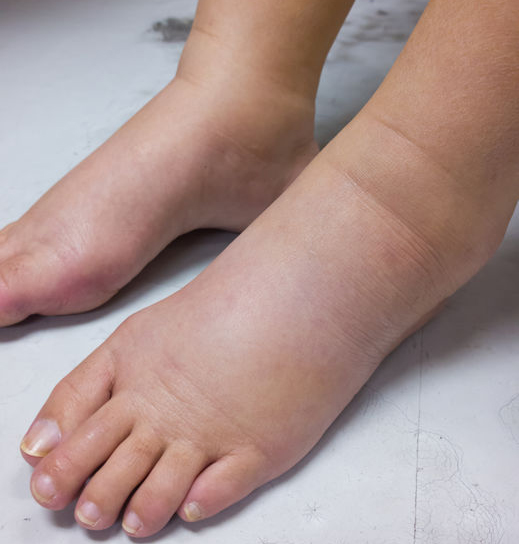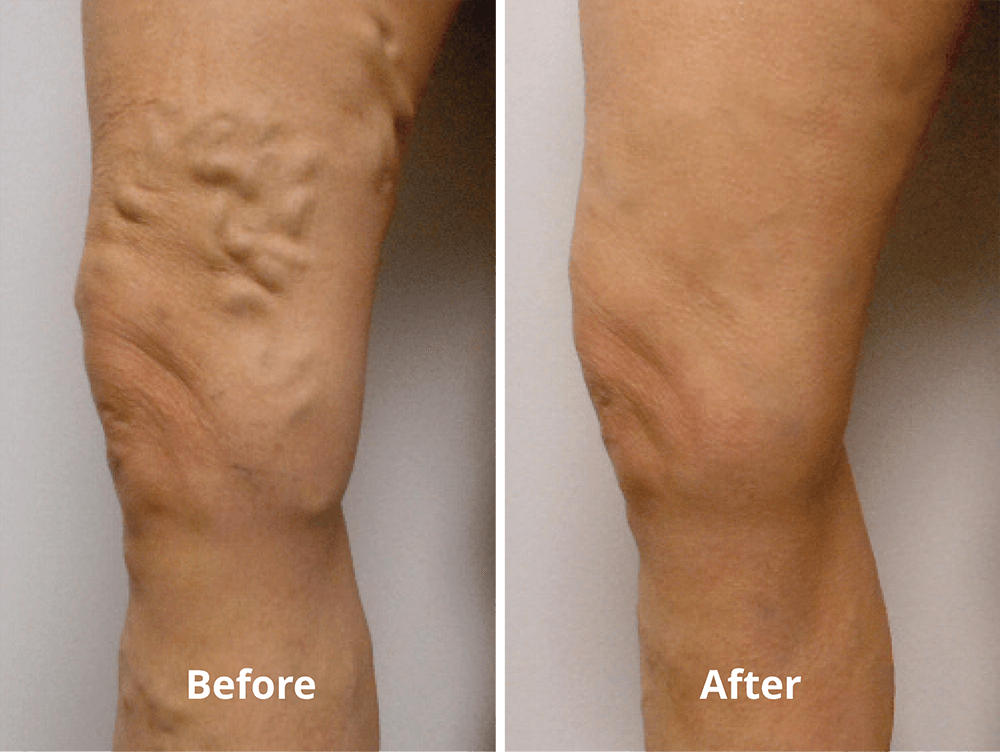Lymphedema
What Is Lymphedema?
Lymphedema is swelling that occurs in part of the body. While there is presently no cure for lymphedema, it can be managed with early diagnosis and diligent care of your affected limb.
Make an appointment with your doctor if you notice persistent swelling in your arm or leg. If you already have the diagnosis of lymphedema of a limb, see your doctor if there is a sudden dramatic increase in the size of the involved limb, as it may suggest a new process is occurring.
March 6th is World Lymphedema Day. This day is dedicated to educating the world and raising awareness for lymphatic diseases. Check out our graphic on World Lymphedema Day or visit our blog for more information.

What Is the Cause?
Phlebolymphedema is the most common cause of lymphedema in the United States.
Lower extremity lymphedema may be related to prior surgery, radiation treatment, trauma, or infection. It is also common to see lower extremity lymphedema be related to chronic venous insufficiency/varicose vein disease, known as “phlebolymphedema.”
The interaction between the lymphatic system and problematic lower extremity superficial venous issues is gaining wider recognition worldwide.
For some patients with phlebolymphedema, addressing underlying venous issues may help with controlling lower extremity swelling.
The lymphatic system, which is also part of your immune system, relies on a small caliber network of vessels to convey fluid out of the space between the body’s cells known as the “interstitium.” Damage or blockage of these vessels prevents lymph fluid from draining well, and the fluid buildup leads to swelling.
How Is It Treated?
Treatment Overview
At Indiana Vein & Lymphatic, our team has received specialized training in the fitting and application of compression stockings, and are able to fit >95% patients that present with chronic lower extremity swelling.
Identifying the etiology of chronic swelling is also key to managing this disease process. With lower extremity lymphedema, compression strategies are considered the cornerstone of treatment.
Certified Lymphatic Therapists
We utilize an extended team of physical therapists that are well versed on manual lymphatic drainage therapy and have assisted many of our patients throughout Central Indiana.
We also have our own in-house physical therapists, Sara Salinas, PT, CLT-LANA and Sara Randolph, DPT, CLT, who specialize in providing lymphedema evaluations and lymphatic treatment.
Lastly, we have seen a significant amount of success with patients utilizing at home intermittent pneumatic compression (IPC) systems, e.g. “Flexitouch” as part of a comprehensive home care regimen to manage this chronic condition.
For an in depth look at lymphedema and its treatment, check out this video by Dr. Karen Herbst, PHD, MD.
About the Treatments
Vein Disease Diagnosis
More
Venous Treatment Phases
More
Conservative Measures
More
Lymphatic Physical Therapy
More


“I can now endure intense cardio and leg workouts, and it does feel like I’ve been given a new set of legs.”
